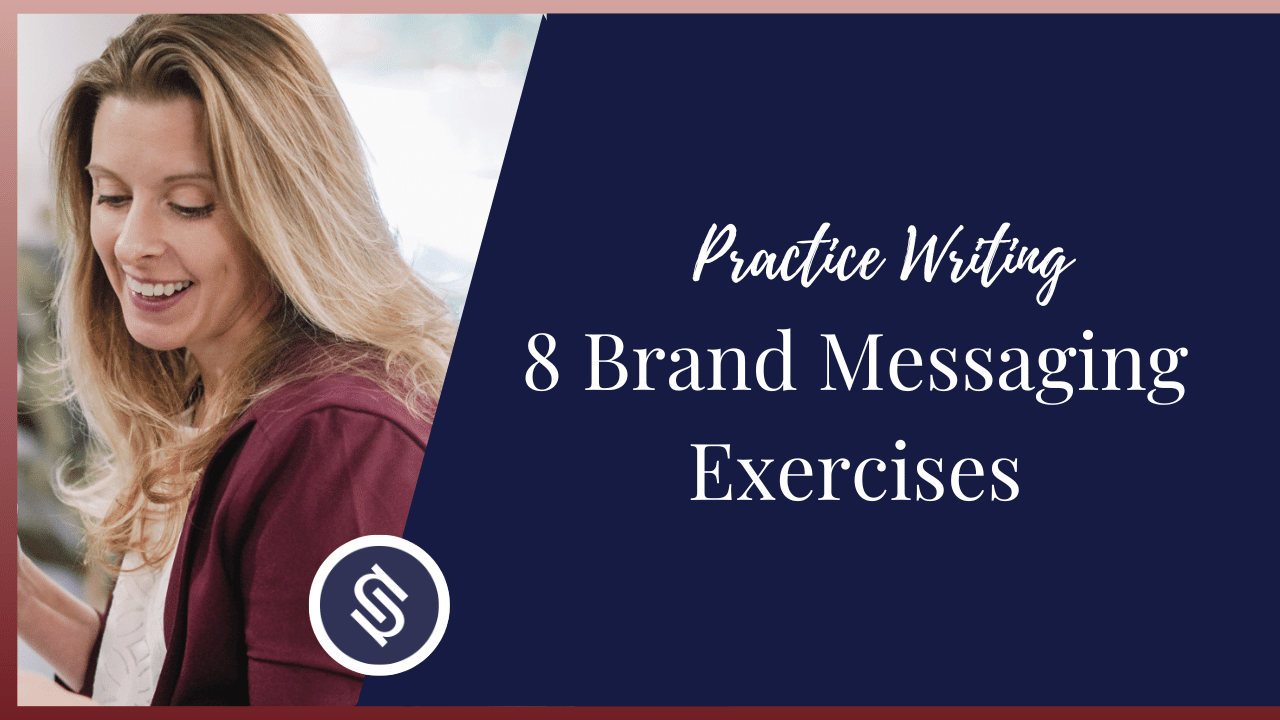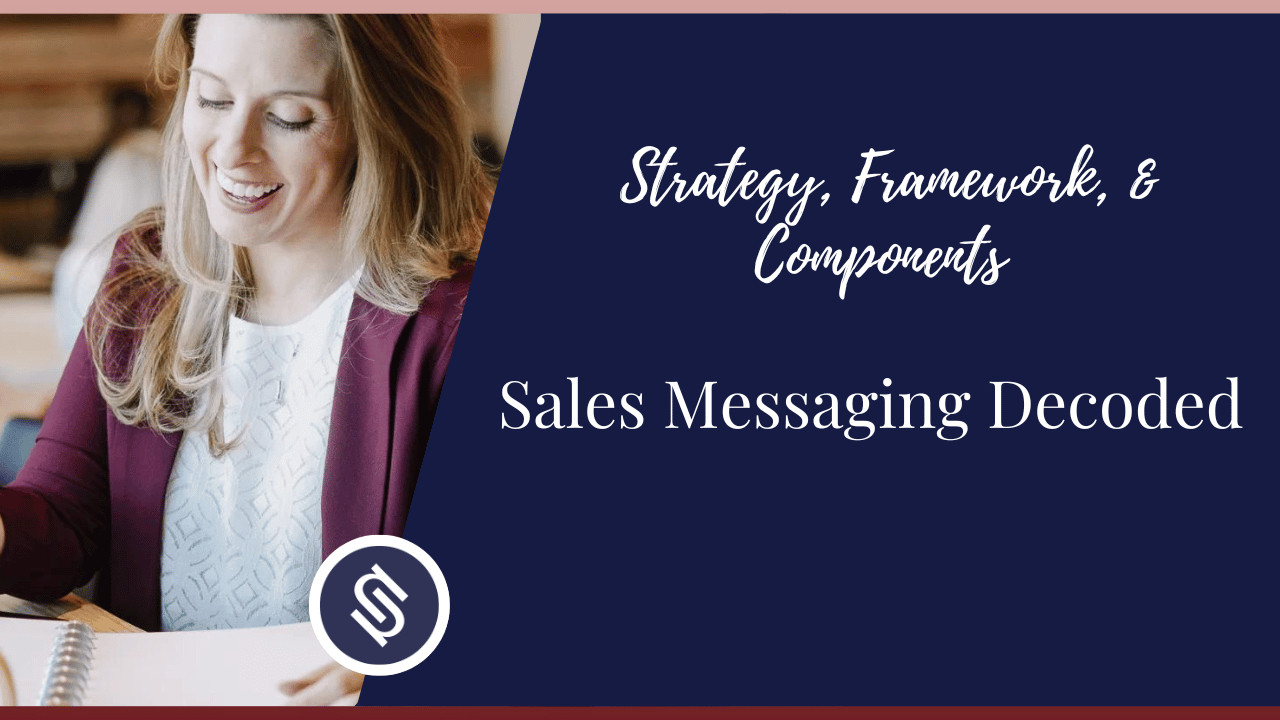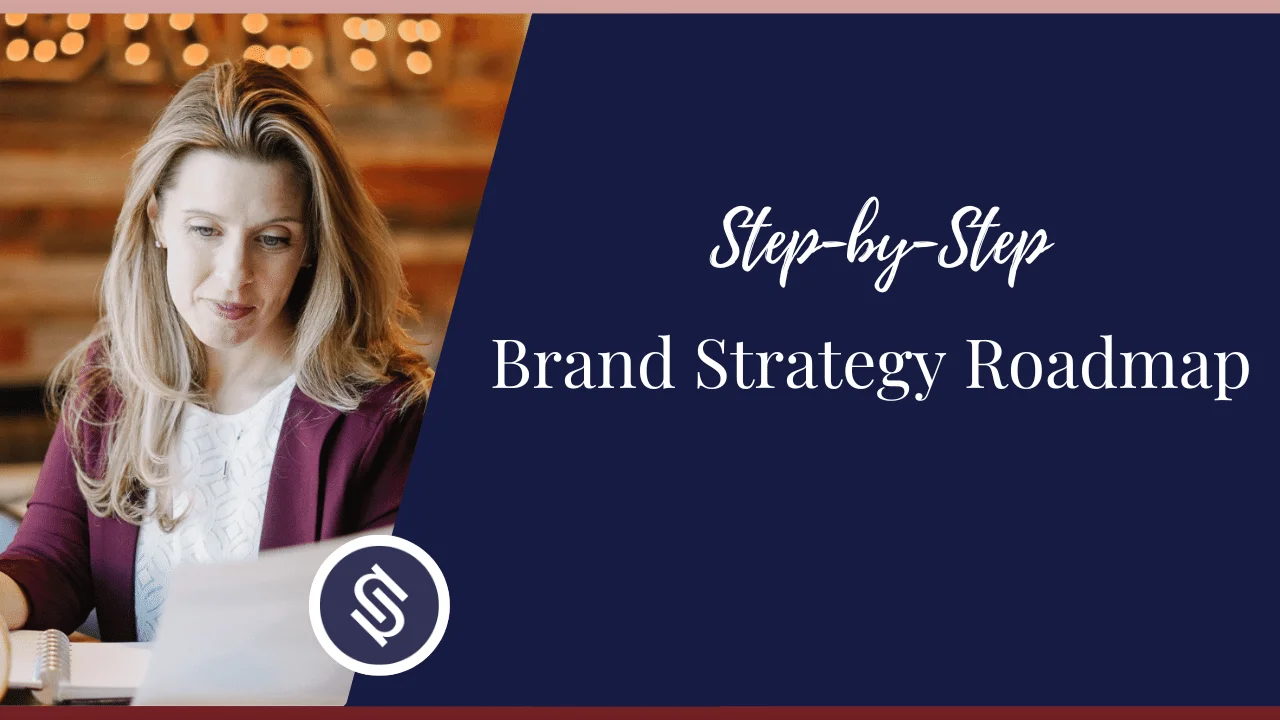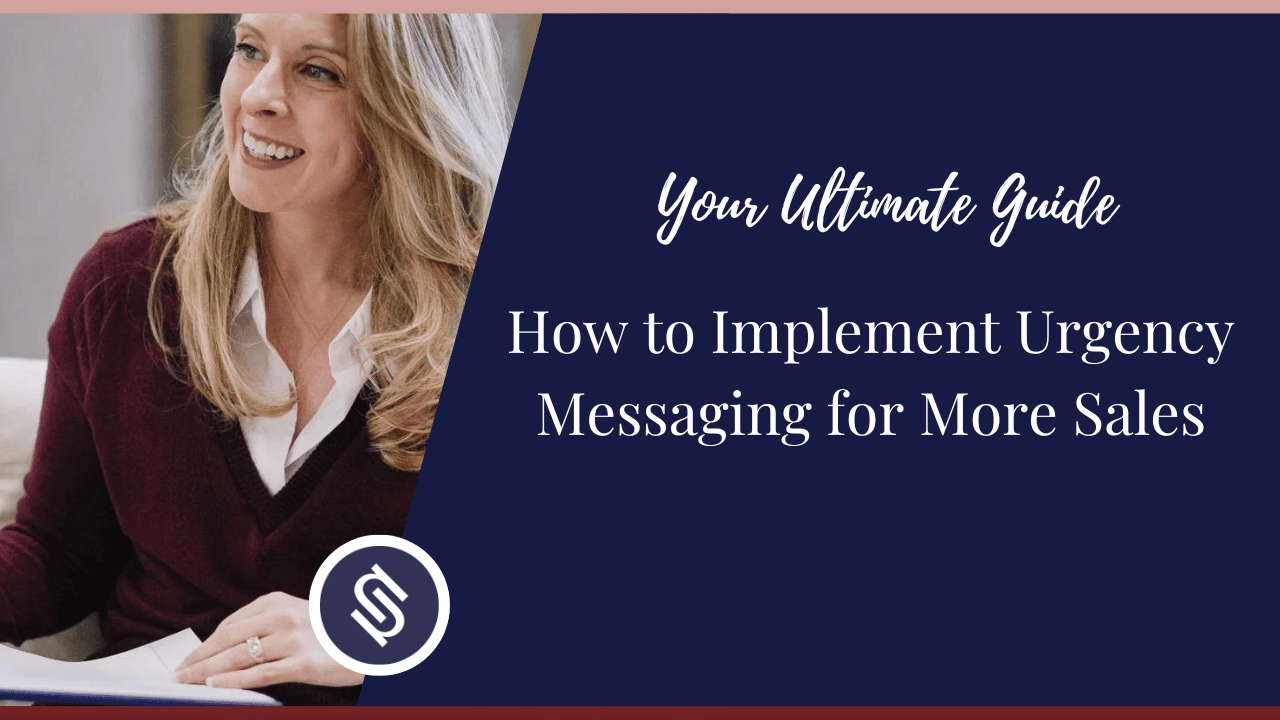You’re probably wondering what brand messaging exercises are or what your business would gain from them. Or even crazier, will your staff burn calories doing this?
Here’s the truth: brand messaging exercises are smart ways to refine your messaging and ensure consistency across all marketing channels. Framing a message that best describes your company and resonates with your target audience is crucial.
In this article, we’ll discuss eight essential brand messaging exercises to help you frame an appealing brand message with your team.
With increasing competition, brand messaging exercises can become more challenging to do yourself. So, if you’re feeling confused and overwhelmed, book a discovery call with me and let me (Nora Sudduth) guide you through the process of developing your brand’s messaging.
What are Brand Messaging Exercises?
Brand messaging exercises help a company devise and perfect how it communicates with its target audience. These exercises can range from solo to group activities spread across different stages of the brand development process.
Some key goals of these exercises are:
- Uncover the USPs and core values of your brand as a whole.
- Create a consistent brand personality and tone of voice across all communication verticals.
- Define the target audience persona and precisely understand their desires and needs.
- Develop a clear, crisp brand message that resonates with your target audience.
Whether you’re the CEO of a fast-scaling company, an agency founder, or an independent service provider, professional coaching can help personalize your messaging strategy and positioning and attract more quality leads.

How Do They Benefit My Brand?
Brand messaging exercises can provide an array of advantages to a company, such as:
1. Improved Target Audience Understanding
These exercises require you to delve deeper into your buyer’s persona, which results in a clearer understanding of their challenges and desires.
With this information, you can create a brand message that strikes a chord in your target audience’s minds.
2. Sharper Brand Identity
The group activities bring multiple perspectives into the picture, further refining your brand’s mission, core values, and USP.
This clarity then further strengthens your brand values, which become the foundation of all your marketing and communication efforts and the way people feel when they interact with your brand.
3. Unified Brand Voice
A strong brand voice brings your brand identity together across all messaging touchpoints.
It ensures that all communications, regardless of the vertical, are consistent in personality. This helps people recognize and remember your brand, which enables you to stand out in an overcrowded market.
4. Cohesive Brand Messaging
These exercises help you develop a cohesive messaging strategy that effectively conveys your brand’s essence across all platforms.
Since the message you create is a description that covers all your verticals, maintaining a coherent approach becomes relatively easier.
5. Effective Marketing Strategies
With clear and consistent brand messaging, your marketing strategies will also be precise. For an effective marketing strategy, you should know more than just where your audience resides.
Messaging exercises help you learn to speak their language, literally and figuratively, and connect with them more deeply. This personalized strategy guarantees that your message is clear, resonating, and engaging.
6. Increased Customer Loyalty and Advocacy
In a recent survey, 75% of Americans stated that they are more likely to be loyal to a company that understands them personally. This type of understanding is only possible through effective brand messaging exercises.
Want to begin your brand messaging journey? Start with a discovery call with me. Let’s uncover your business’s potential and develop an effective brand message together.

8 Brand Messaging Exercises
Here are eight brand messaging exercises that I have found to be most effective with practical results. Use these to bolster the effectiveness of your brand message across platforms.
1. Competitive Analysis
Objective: To understand how your competitors position themselves and how you can differentiate your brand.
How to Do It: Analyze your competitors’ brand messaging, including their UVP, voice, and key messages. Look for gaps in the market or areas where you can offer something distinctly different.
For example, your company offers eco-friendly laundry services. You may find that your competitors in the laundry industry don’t use water-saving equipment or electric vehicles for deliveries, but your company does.
2. Brand Essence Exercise
Objective: To distill your brand’s core into a single statement or feeling.
How to Do It: Gather your team and brainstorm answers to questions like, “If our brand was a person, how would we describe its personality?” or “What is the one thing we want customers to think of when they see our brand?” Once you have some ideas, summarize them in a few words or a short phrase to create your brand’s essence.
3. Brand Voice Chart Exercise
Objective: To define and standardize your brand’s voice across all communications.
How to Do It: Create a chart that outlines your brand’s voice attributes (e.g., professional, friendly, authoritative). For each attribute, provide a brief description and examples of how your team should use it in your messaging.
For the laundry business example, you can decide on a brand voice that is conversational, authentic, educational, and sincere.

4. Target Audience Persona Creation Exercise
Objective: To create detailed profiles of your ideal customers.
How to Do It: Identify your target market’s demographic and psychographic characteristics. Then, create fictional personas that represent your ideal customers. Include details like their goals, challenges, and how your brand can help them.
Continuing the above example, your target persona could be busy urban residents prioritizing sustainability, environment-friendliness, and convenience. You can incorporate value messaging to resonate with them, garner their attention, and convert them into customers.
5. Unique Value Proposition (UVP) Development Exercise
Objective: To articulate what makes your brand unique and why customers should choose you over competitors.
How to Do It: List all your product or service’s features and benefits. Next, identify what makes these benefits unique to your brand. Finally, craft a concise statement communicating this unique value to your customers.
In the laundry business example, your unique advantages may include using biodegradable detergents, state-of-the-art machines that minimize water and electricity consumption, and lower costs than similar businesses. You can devise your UVP to highlight these benefits.
6. Storytelling Workshop
Objective: To craft compelling stories that convey your brand’s values and mission.
How to Do It: Organize a workshop where your team can share personal stories about your brand’s values or mission. Use these stories to inspire authentic and engaging narratives for your brand messaging.
For example, one of your team members may share an incident in which they faced issues with their current laundry company, such as missing clothes, expensive services, and washed clothes causing a rash due to synthetic detergents. You can use this story to highlight how your laundry business is better in all these aspects.
7. Message Mapping Exercise
Objective: To ensure consistency in communicating your brand’s key messages across different channels and touchpoints.
How to Do It: Identify your key messages and then map out how to adapt them for different platforms (e.g., website, social media, email marketing). Consider the unique audience and context of each platform.
You may identify brand messages for your laundry business, such as reliable, eco-conscious, sustainable, and committed to excellence. You would then adapt these messages for your homepage, Instagram, PR, etc.
8. SWOT Analysis
Objective: To identify your brand’s Strengths, Weaknesses, Opportunities, and Threats in its messaging.
How to Do It: Conduct a SWOT analysis of your brand messaging. Identify your strengths, weaknesses, opportunities, and threats.
For example, while conducting a SWOT analysis for the laundry business, you may identify expertise in technology as a strength, limited resources as a weakness, increased public awareness as an opportunity, and economic uncertainty as a threat.
These exercises and a sound understanding of brand messaging hierarchy would tremendously benefit your business in the long run.
To ensure your messaging is clear and hits the target from the ground up, I strongly recommend revisiting certain vital elements, such as target demographic, brand voice, etc., from time to time.

Frequently Asked Questions (FAQs)
Here are some of the most frequently asked questions answered to help you better understand the brand messaging exercises.
What Role Do Customer Personas Play?
Customer personas provide a humanized representation of your target demographics.
This helps develop more relatable and effective brand messaging that resonates with real people rather than just an idea of them.
How Often Should We Perform Brand Messaging Exercises?
For a company that hasn’t made any significant changes in more than three quarters, a whole brand messaging exercise every six months can waste time and effort. That’s why, as a rule of thumb, you should conduct an annual review of your brand messaging.
In the meantime, you can track your customers’ sentiments and competitor activities. It’s beneficial to make minor, creative tweaks to your brand messaging mid-year only if you see big changes to ensure that the messaging remains consistent.
How Do Brand Messaging Exercises Influence Brand Voice and Tone?
Brand messaging exercises help unearth the core values, USPs, mission, and vision that define the brand and what it aims to convey. They help create a powerful brand voice and tone.
For example, it influences:
- The language to be used
- The level of formality in messaging
- The brand personality that’ll appeal to the target demographic, etc.
Additionally, these exercises involve hearing from your teams, interacting with other entrepreneurs, and exploring diverse perspectives, giving a deeper understanding of the brand’s authentic voice.
Conclusion
Brand messaging exercises like UVP development, SWOT, competitor analysis, etc., deeply dive into your brand’s personality, optimizing and clarifying what it wants to say. It helps ensure your brand has a consistent tonality that your target audience cannot ignore.
However, your brand message can only become effective if you properly leverage it. Sometimes, business owners may not have the necessary support to utilize their brand message fruitfully.
That’s why I offer my industry knowledge to business owners with ambitions to create wonders. Get on a discovery call with me, and let’s write some chapters of your success story together.







